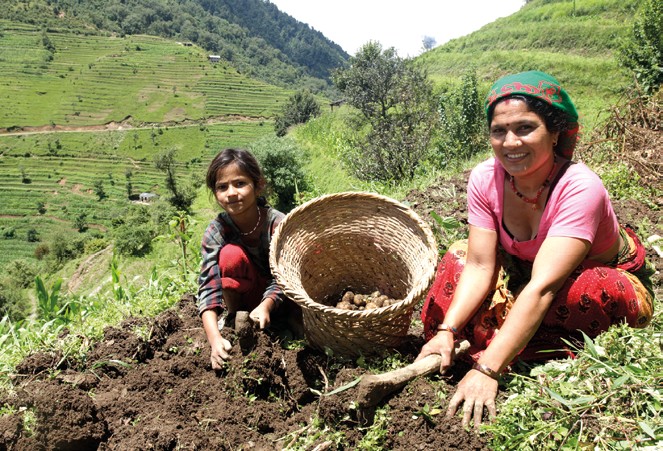Maize-based Integrated Farming Systems in the Mid-hills of Nepal


Farmers in the mid-hills of Nepal rely on a mixture of crops, animals and forest products for their livelihoods for their subsistence. Climate change threatens the system in a number of ways, for example climatic belts are moving upwards meaning certain crops are becoming less suited to the area, more frequent and intense hail storms threaten to destroy entire crops, and changes in the timings of seasonal rains make it difficult for farmers to grow successive crops over the season, a crucial part of their livelihood strategies. This project aims to develop adaptation pathways to address these threats, which may include altering farming practices (e.g. introducing the use of polytunnels and collecting animal urine to produce local fertilisers). By considering the role of extension agents, research institutes and local, district and national government, the costs of adaptation to different actors can be calculated.
Contact details
Muyeye Chambwera, IIED, London [email protected]; Bikash Paudel, LI-BIRD, Pokhara, [email protected]
(0) Comments
There is no content